Visiting a US National Park should be a family-friendly vacation for people of all ages. You can stop by Yosemite in California to see stunning redwoods and rushing waterfalls or visit the Grand Tetons in Wyoming for some of the most breathtaking snow-capped mountains.
However, all parks have very specific rules that, if broken, could result in a lifetime ban or a hefty fine. We’ve all seen videos of people standing too close to wild animals or walking past a “do not trespass” sign, but what are the real rules expected of visitors in these stunning parks?
Licking Toads or Getting Too Close to Wildlife
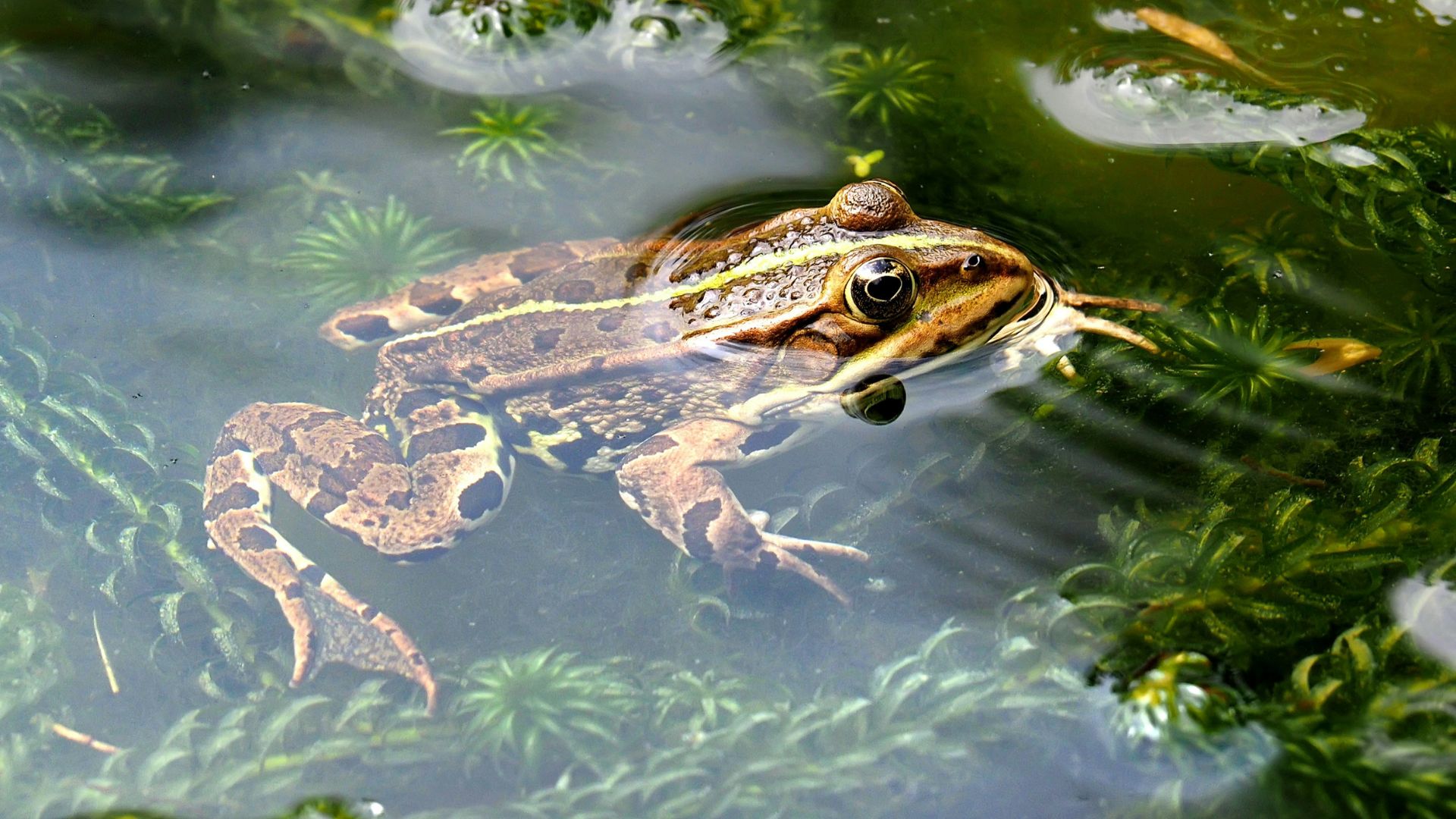
Something that has probably never crossed your mind is licking a toad to feel the hallucinogenic effect. However, that’s exactly what the National Park Service had to ask of residents in 2022. Visitors began touching and licking Sonoran desert toads, which led to many adventurous people becoming ill and being banned from parks.
Another common rule is to stay far away from all animals. We’ve all seen the videos online of tourists getting too close to a black bear, bison or moose. These animals can be deadly if they decide to charge, and standing too close and impeding the natural flow of wildlife can result in an expensive fine.
Tagging Rocks or Carving Your Name Onto Geological Features
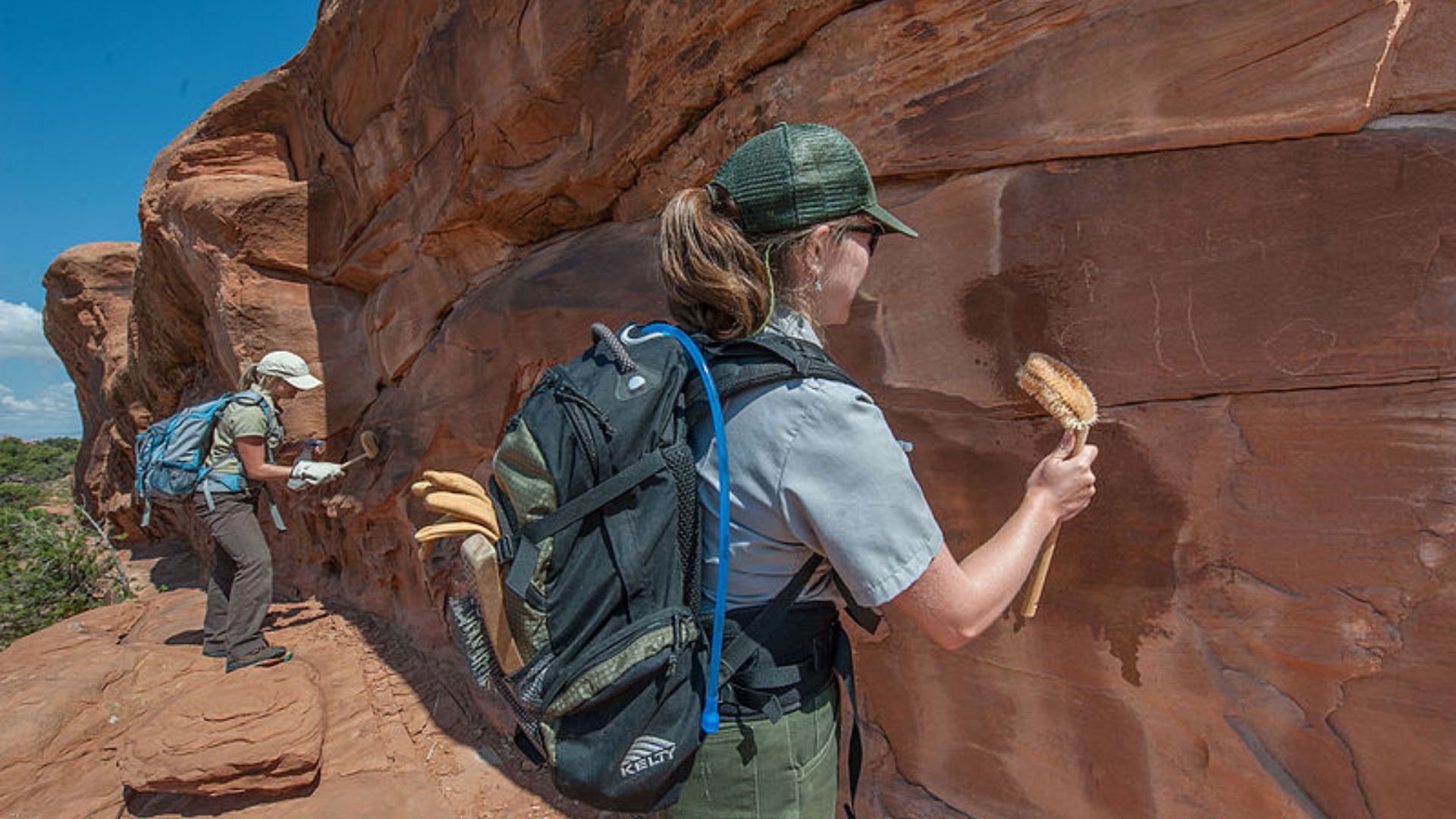
One issue that many parks and national monuments have been struggling with is the constant graffiti; however, it’s not the colorful graffiti you might be used to.
Instead, it’s common for tourists to carve their name or the name of their sweetie into soft rocks or the side of a cliff or even use spray paint to leave a message. Leaving any trace at all is frowned upon at the parks, but spray painting will result in a maximum fine of $5,000 and six months in jail.
Taking Plants or Items Out of the Park
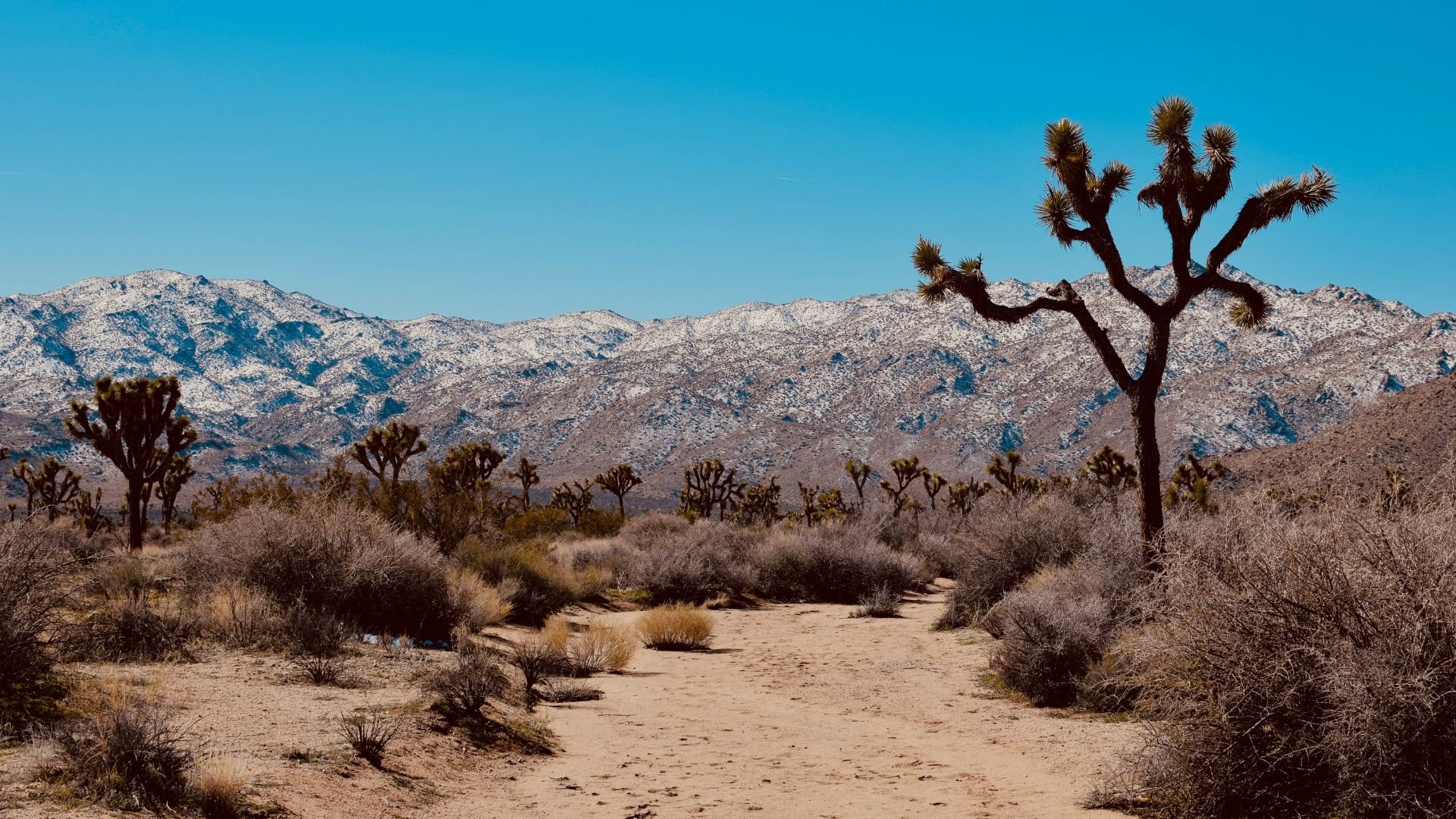
Souvenirs are special moments that commemorate a time spent in a certain place. Many people take sand from their favorite beach or a few pinecones from a special spot in the forest.
Be warned, though, that removing any natural resources from a National Park is strictly prohibited. Being caught taking even a rock or a pinecone can result in being asked to leave the park.
Ignoring Signs and Crossing Protected Areas
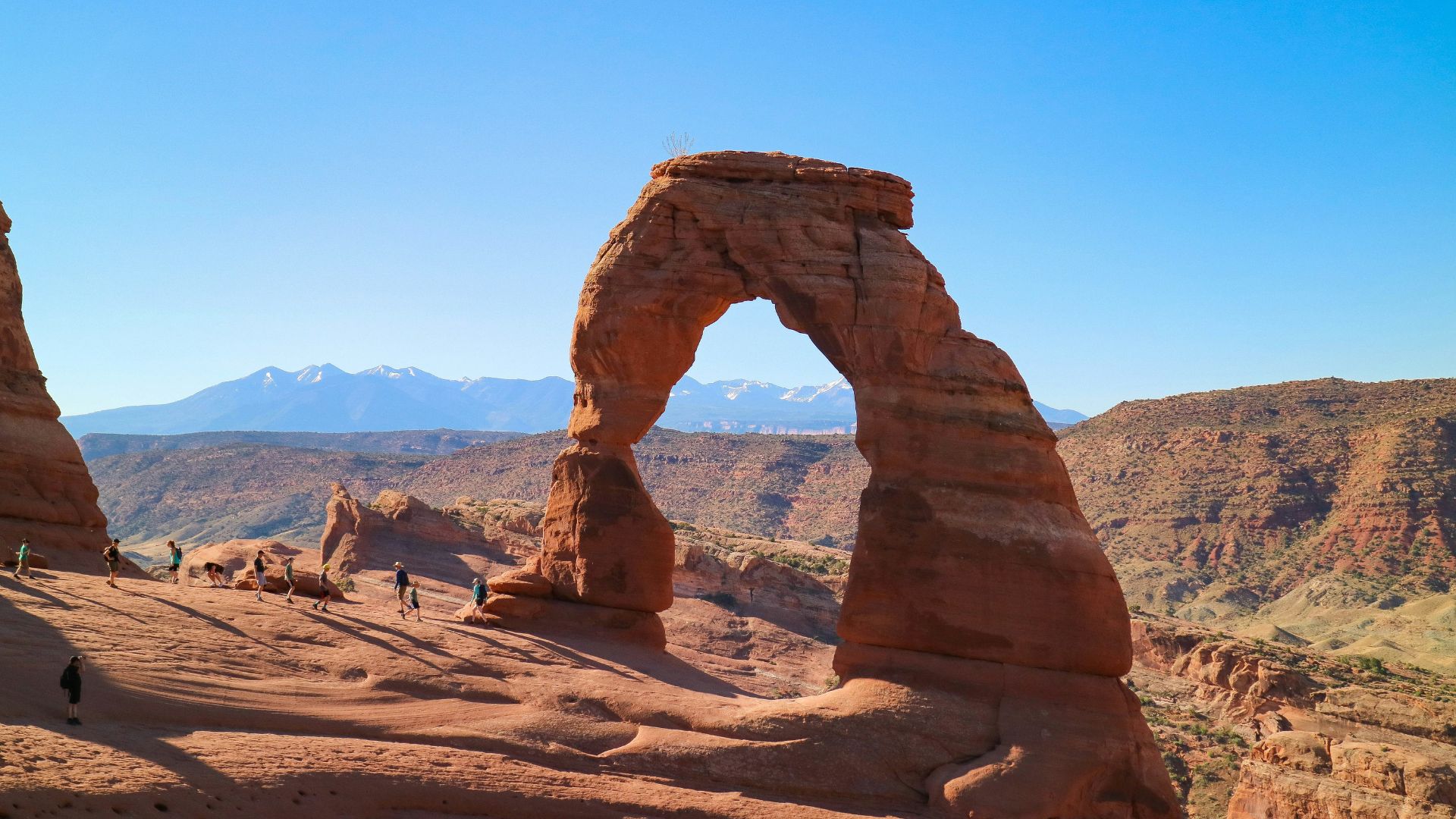
The nation’s parks are home to plenty of protected species. Trampling over a wildlife refuge or endangered plants is one of the most disrespectful things someone can do in a national park.
Unfortunately, this issue is all too common. Aside from damaging a fragile ecosystem, park services spend millions each year to save and recover lost hikers who decided that they could ignore warning signs of soft ground, dangerous waterfalls, or trail closures.
Building a Rock Cairn

Rocks cairns have slowly become the scourge of the nation’s parks. Many people see small rock statues built and decide that they need to take part in the fun.
In truth, stacking rocks takes away much-needed space in natural habitats. Especially on the sides of rivers where salmon and other fish use the rock beds to breed. Remember to respect the space and never leave a trace, no matter how small.
Sneak in Without a Camping Permit
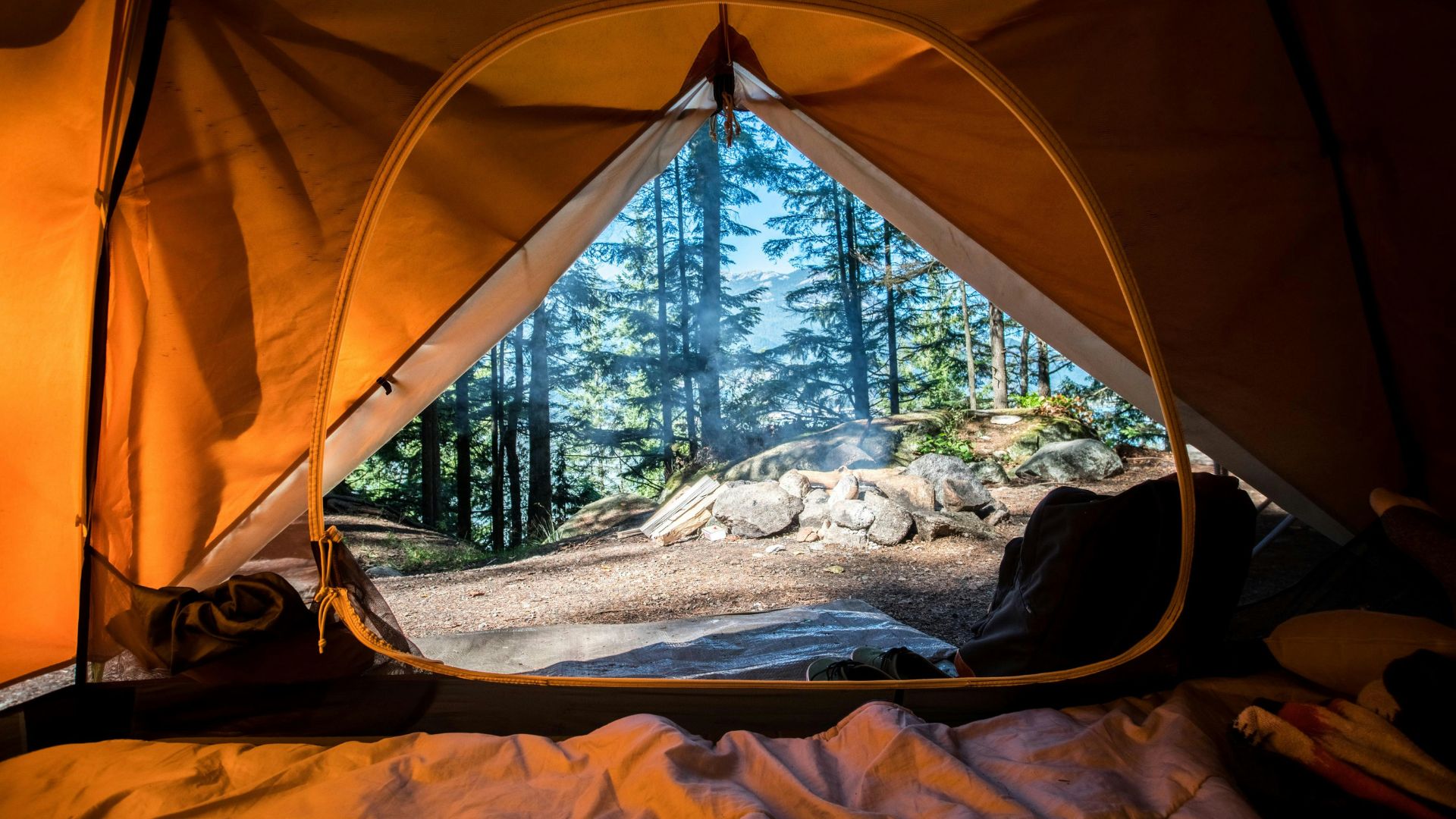
The locals who live around famous national parks often proclaim that they know secret spots where they can pitch a tent for a night without going through the expensive process of getting a pass or sitting for months on a waitlist.
However, doing this is sure to get you kicked out. The National Park Service issues passes for a reason: They need to keep track of guests in the park and keep the number of campers to a minimum so as not to disturb the natural resources.
No Reservation? Don’t Bother Showing Up
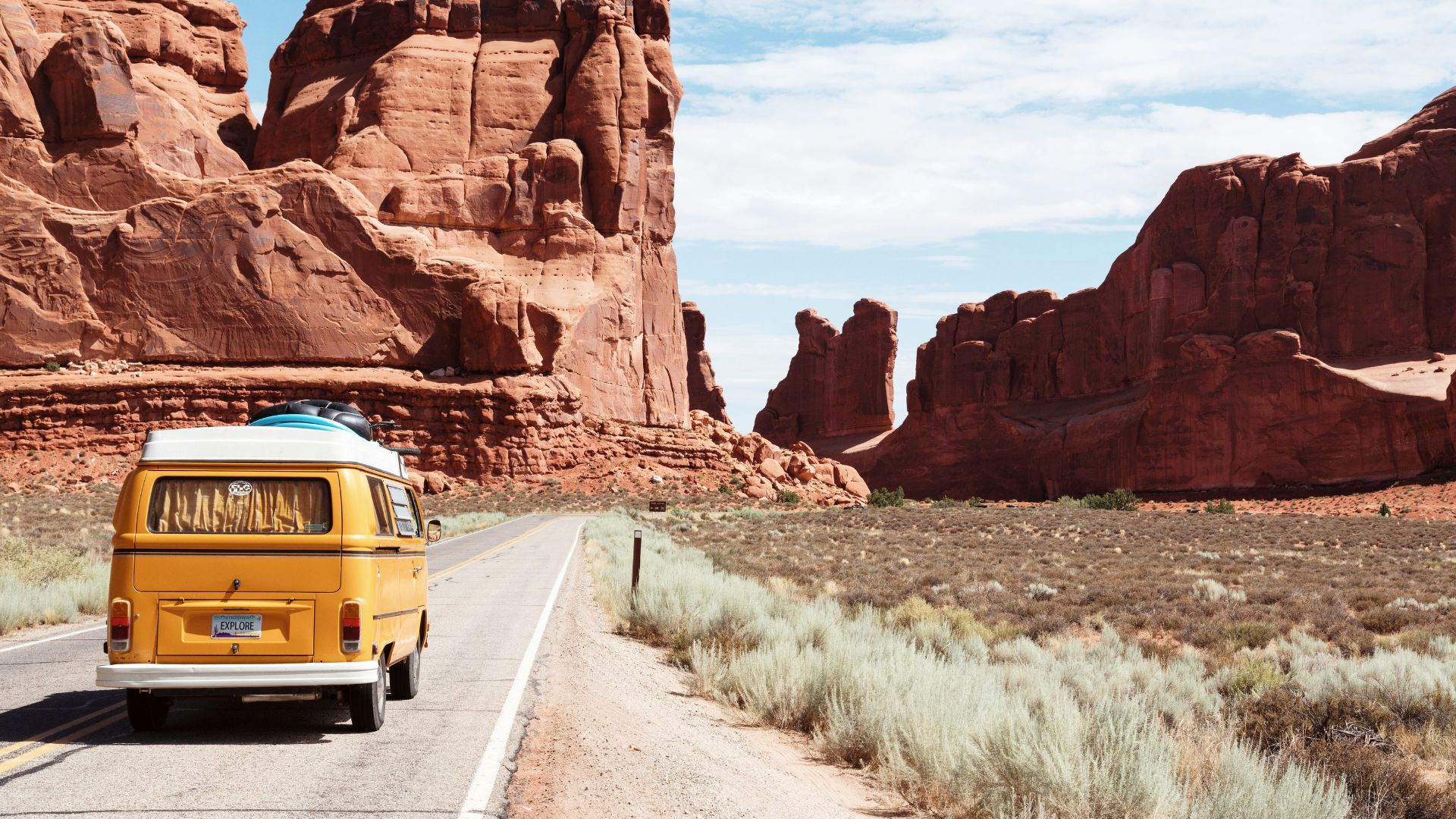
Ultra popular hiking spots like Arches National Park or Zion will require all guests showing up to already have a reservation for entry.
These parks often have just one small road leading into the area, and excess cars clogging up the process can be a headache for the park rangers and service workers.
Never Leave Food Lying Out

Entering a National Park is a sure way to see beautiful wildlife. However, bears, raccoons, and coyotes are natural scavengers and will often rely on scraps left out by people.
This is a huge problem for park rangers who work diligently to keep wildlife away from humans to keep both parties safe. If you leave food out and attract a wild animal, it could result in the animal being put down for getting too close to humans.
Smoking Anywhere in the Parks
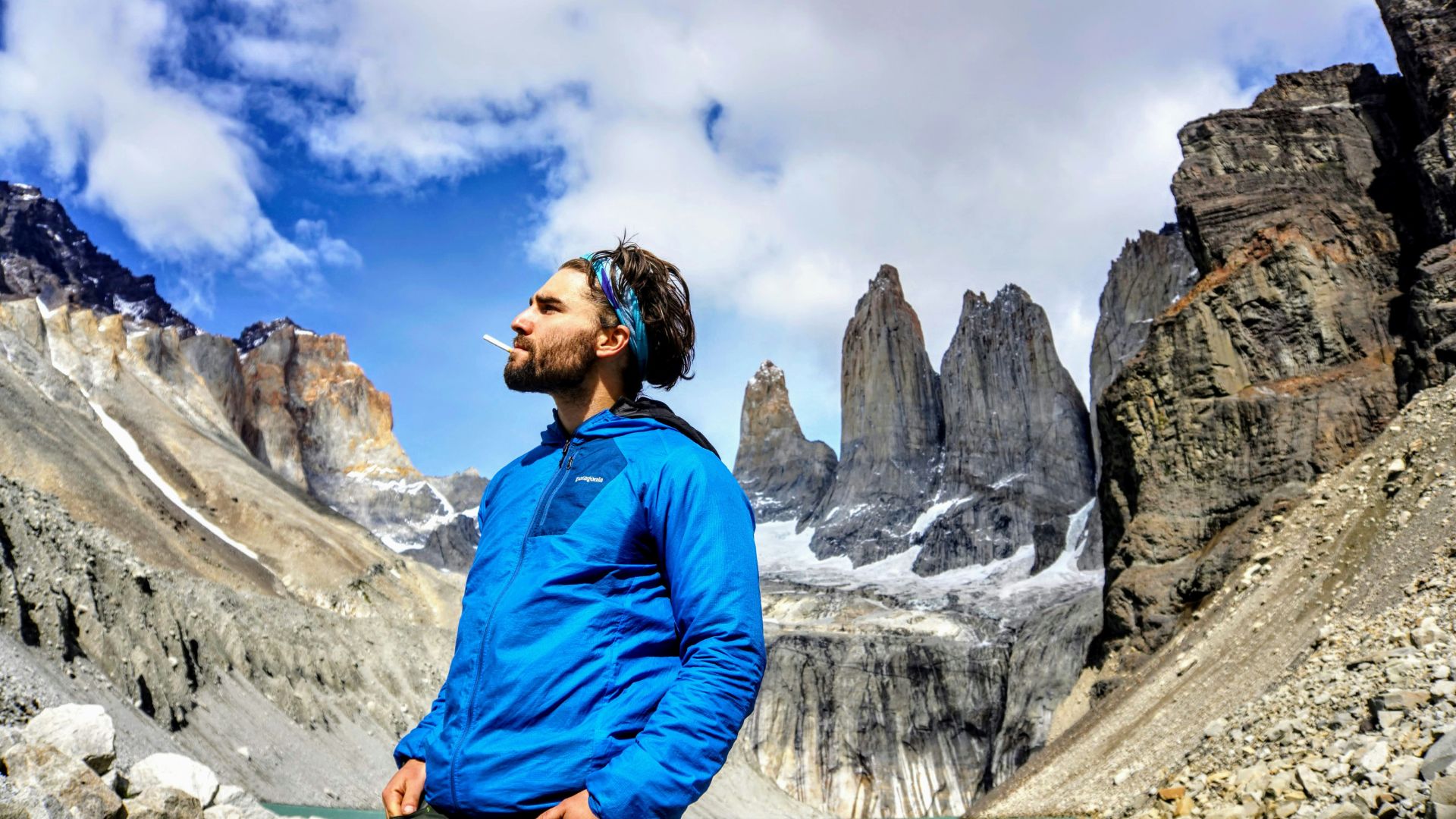
One of the quickest ways to have a ranger ask you to leave is by lighting up a cigarette or joint. Park rangers do not play loose and fast with fire prevention; smoking is strictly prohibited as cigarette buts are one of the biggest causes of wildfires in the country.
During a fire ban, you’re likely to receive a much larger fine than the typical $300 ticket.
Flying a Drone Will Disrupt Wildlife

Videographers and photographers have taken to using drones to get the perfect shot of a massive waterfall, the tops of a forest, or a stunning view of nature. But be aware drones are strictly prohibited in National Parks.
Drones are said to disrupt bird activity and can negatively impact mating. You will definitely receive a fine of $500 or more and be asked to leave immediately. Some people even say your drone is confiscated and not given back.
Heading out Without Proper Gear
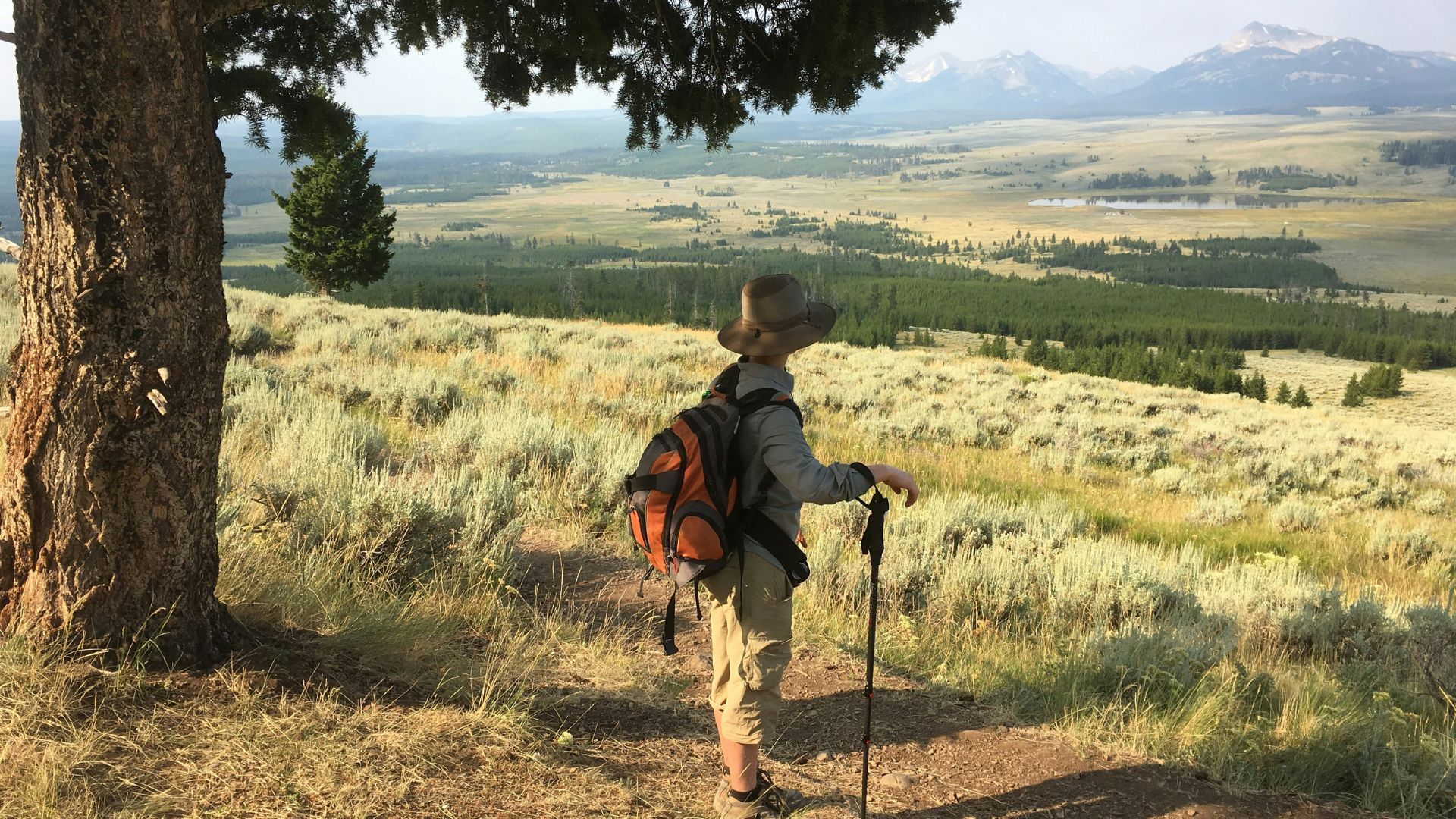
Although National Parks might seem up to date, with clear paths and trails, exploring nature always has risks.
Guests and visitors are always required to bring an adequate amount of water, food, and equipment. Items like radios, hiking poles, and a map can ensure getting back to the trail safely or calling in expensive rescue teams.








































